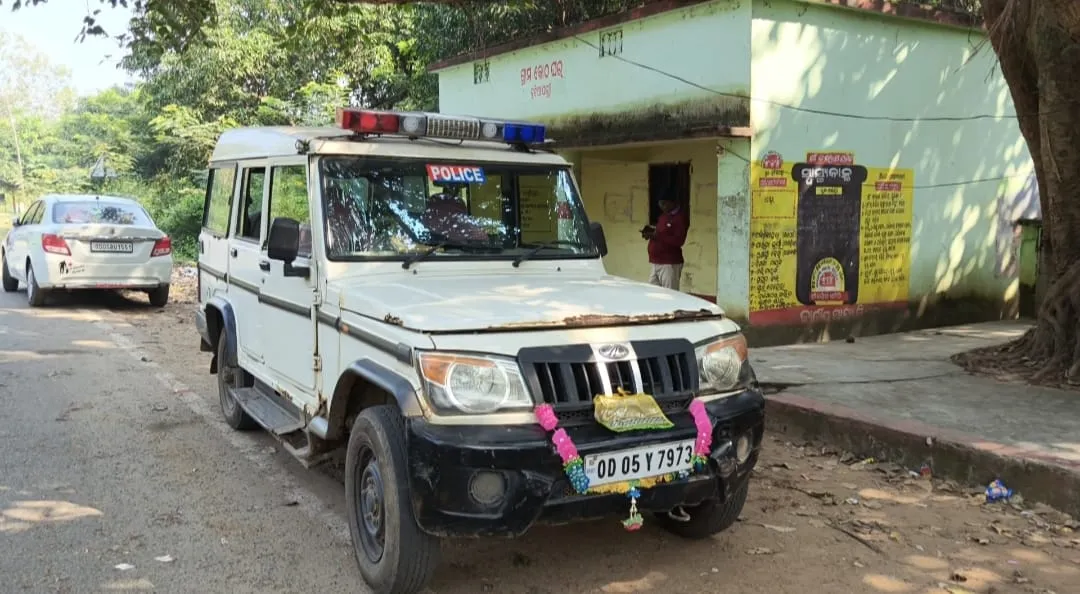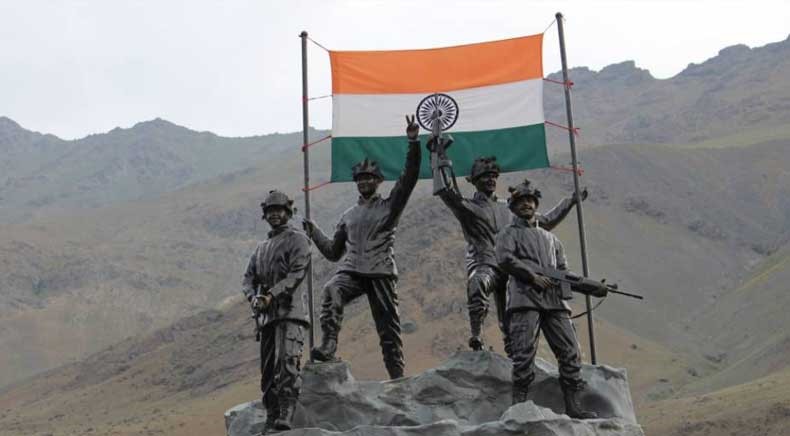

As India commemorates the 26th anniversary of its victory in the Kargil War, this year’s Kargil Vijay Diwas is being observed in a new strategic context. It is the first since the recent "Operation Sindoor," and the contrast between the two conflicts throws into sharp relief the profound transformation of the Indian Armed Forces over the past quarter-century. While the courage of the soldier remains the constant, the technology, tactics, and very posture of the military have evolved from a defensive force to one capable of swift, offensive, and technology-driven action.
The Kargil War of 1999, codenamed Operation Vijay, was a grueling, two-month-long defensive battle. Fought primarily by infantry and artillery units in the treacherous high-altitude terrain, its objective was to repel Pakistani intruders and recapture Indian territory. It was a war of direct, often close-quarters, combat that cost 527 Indian lives.
In stark contrast, Operation Sindoor, launched in response to the Pahalgam terror attack this year, was a non-contact, offensive operation. Instead of recapturing ground, its aim was to proactively strike and neutralize terror camps deep inside Pakistan. In a stunning display of modern warfare, Indian forces struck nine separate targets in just 25 minutes. The operation was so effective that Pakistan reportedly requested a ceasefire within four days, a clear demonstration of India's new military doctrine.
Military experts categorize the Kargil War as a "Fourth Generation" conflict, characterized by maneuver, tactics, and the combined use of different military arms on a wide front. The Indian Army of 1999 relied heavily on legacy systems. Infantry soldiers were equipped with INSAS rifles, while the Bofors howitzers provided crucial artillery support. Air power was dependent on older aircraft like the MiG-21s and MiG-27s.
Operation Sindoor, on the other hand, is being described as "Generation 4 plus" warfare. This new paradigm is defined by the overwhelming dominance of technology. The operation was executed using precision-guided weapons, allowing for surgical strikes on specific targets from a distance. It was a non-contact conflict where technology, not just manpower, was the decisive factor.

This technological leap is reflected in the military's modernized arsenal. Today's infantry is equipped with advanced SIG716i and AK-203 rifles. The artillery has been upgraded with Dhanush and M777 howitzers and self-propelled K9 Vajra systems. Crucially, the battlefield is now integrated with advanced drones, loitering munitions, and AI-assisted management systems for superior surveillance and targeting. Operation Sindoor also served as a real-world test for India’s robust, multi-layered air defense system, which successfully neutralized aerial threats launched in retaliation.
The motives behind both conflicts may have been similar—to counter Pakistan's use of infiltration and terrorism to internationalise the Kashmir issue. However, India's response has fundamentally changed. The defensive resolve shown in Kargil has evolved into the offensive confidence of Operation Sindoor.
In essence, this year’s Kargil Vijay Diwas is more than a commemoration of a past victory. It is a powerful illustration of a military that has not just modernized its equipment, but has also reimagined its role. It marks the journey from an army that fought bravely to defend its borders to a technologically advanced force that can proactively project power to protect its interests, sending a clear and unambiguous message to its adversaries.